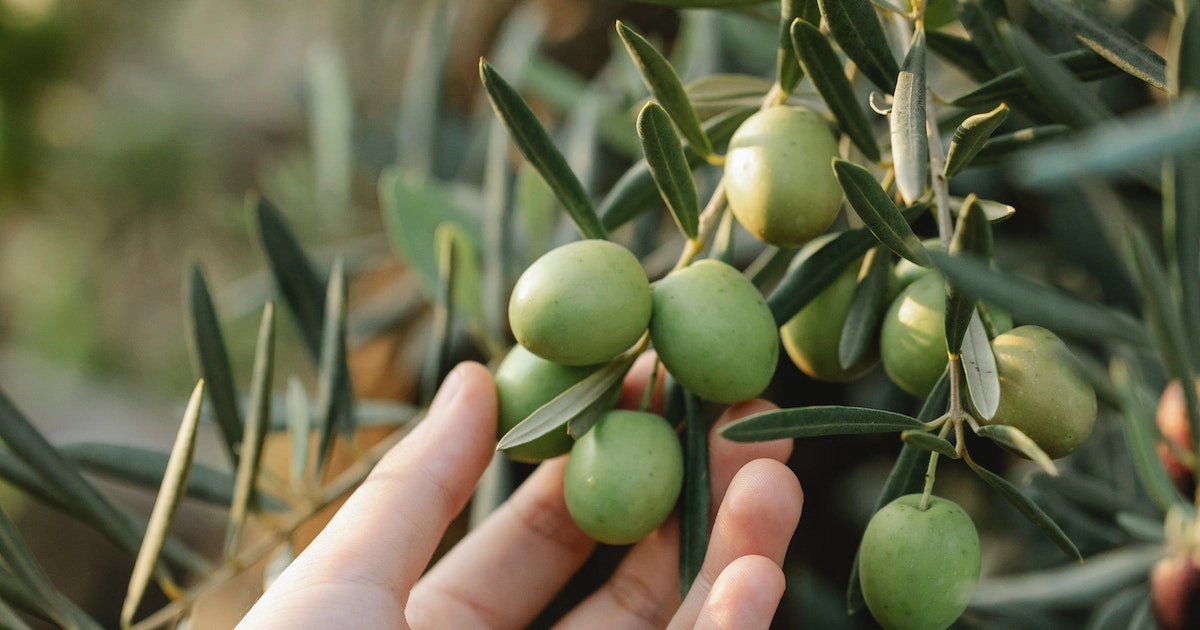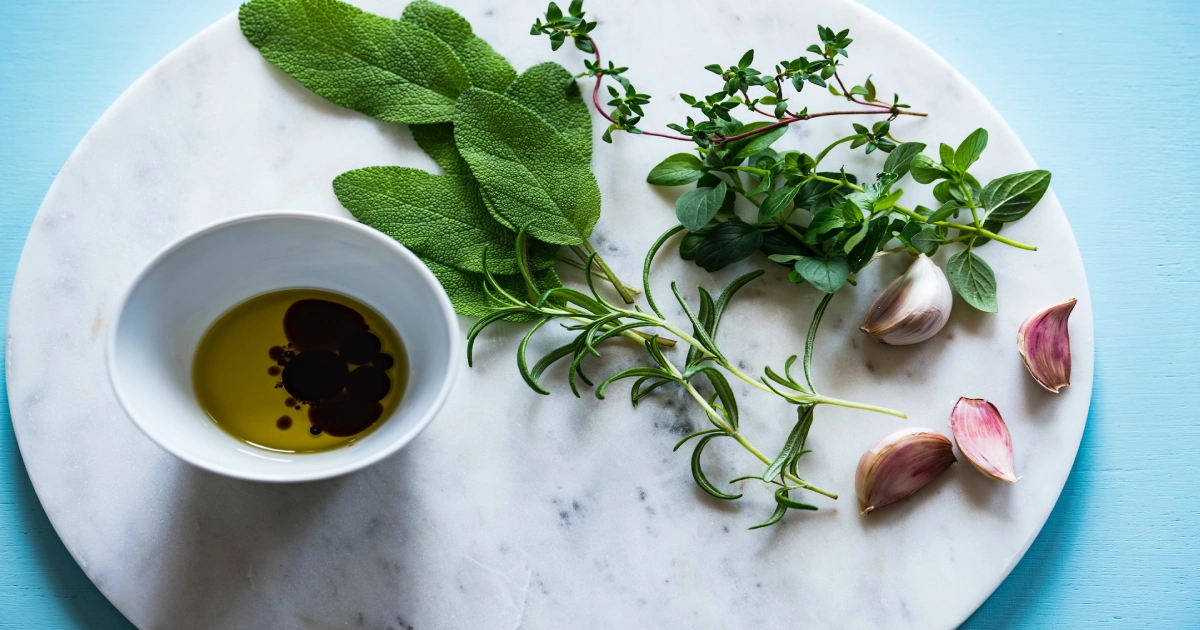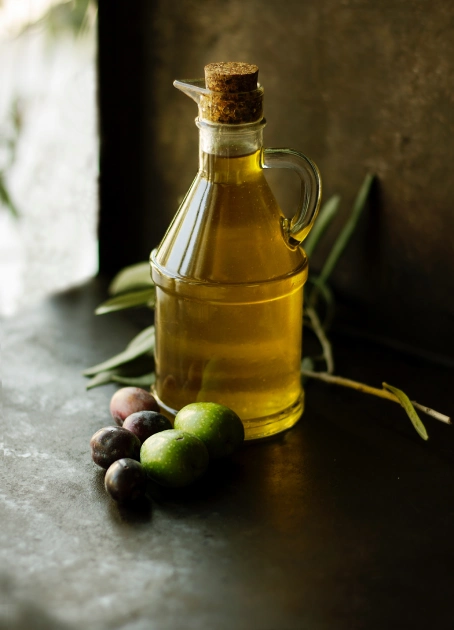Tung oil has been used for ages to preserve and adorn wood because it is a natural, non-toxic oil. With its high durability and resistance to water, tung oil is also becoming increasingly popular as a finish for cutting boards, countertops, and other kitchen surfaces. However, many people wonder whether tung oil is food safe and can be used safely on surfaces where food will come into contact.
In this article, we will examine the properties of tung oil, its production method, and whether it is suitable for use in food-contact applications. In addition, we will examine the pros and cons of using tung oil as a finish in the kitchen and provide safe application advice.
Is 100% Pure Tung Oil Food Safe?
Tung oil is a natural drying oil derived from the tung tree’s kernels. It is frequently used as a finish on timber products, such as cutting boards and butcher blocks. Some formulations may contain additives or impurities that could be harmful if ingested.
When choosing a tung oil for food-related items, look for products labelled as “food safe” or “USP grade.” These oils have been refined and purified to remove any potential contaminants and meet strict safety standards. It is also important to follow proper application instructions, allowing the oil to fully cure before using the item with food.
When used correctly and with caution, 100% pure tung oil can be a safe and effective choice for finishing wooden kitchen utensils and other food-related items.
How Long Does Tung Oil Take To Be Food Safe?
Tung oil is an organic oil that comes from the seeds of the tung tree. It has been using oil food for centuries as a protective finish and is popular among woodworkers due to its durability and water resistance. However, before using tung oil on any surface that may come in contact with food, it’s essential to ensure it’s safe.
The good news is that tung oil can be food safe once it has fully cured. Based on your workspace’s weather and humidity levels, the curing procedure typically takes 30 days or more. During this time, the oil will harden, forming a protective barrier on the wood surface.
Some commercial products may contain additives or solvents that can be harmful if ingested. Therefore, before purchasing any tung oil product intended for use on food-contact surfaces, always read the label attentively.
Is Tung Oil Food Safe For Cutting Boards?
Many wonder whether tung oil is safe for cutting boards or other food-contact surfaces. While tung oil is non-toxic, some formulations may contain additives or solvents that could be harmful if ingested.
To ensure that your cutting board is safe for food contact, it’s important to choose a pure tung oil product that does not contain any harmful chemicals. Look for products labelled as “food-safe” or “FDA-approved”. Additionally, it’s recommended to reapply tung oil regularly to maintain the finish and protect against bacteria growth.
What Are The Disadvantages Of Tung Oil?
Its drying period, which can take up to 24 hours or more based on the temperature and humidity, is one of its primary drawbacks. This can make it challenging to apply multiple coats in one day or to complete a project swiftly. Additionally, tung oil is not as resistant to water and heat as other finishes like varnish. Therefore, there may be better methods for areas with heavy foot traffic or surfaces that will be subjected to moisture.
When it comes to food safety, tung oil may not be the best option either. While pure tung oil is considered safe for food contact after it has fully cured (which can take several weeks), many commercial tung oils contain additives that are not food safe. These additives include solvents, driers, and other chemicals that could leach into food if used on cutting boards or other kitchen utensils.
Is Tung Oil Safe For Cutting Boards?
- When fully cured, pure tung oil is generally considered safe for use on cutting boards.
- Curing tung oil can take several weeks or months, so it is important to allow sufficient drying time before using the cutting board.
- Tung oil produces a water-resistant and durable finish. Protects wood from moisture and contaminants.
- Ensure the tung oil on cutting boards is pure and free of potentially hazardous additives or solvents.
- The protective finish on cutting boards can be maintained through routine cleaning with mild detergent and water and periodic reapplication of tung oil.
- Follow proper application and maintenance procedures to ensure the safety of your cutting board and food preparation areas.
Which Varnish Is Food Safe?
Tung oil, a natural oil extracted from the seeds of the tung tree, is often used as a varnish on wooden surfaces. While Tung oil is considered non-toxic and safe for food contact after it has cured, some precautions should still be taken. It is strongly advised to wait at least 30 days after applying tung oil before exposing the surface to food, as this allows time for any solvents or other chemicals in the varnish to evaporate.
Tung oil, there are other food-safe varnishes available on the market. Some popular options include shellac, beeswax, and mineral oil. Beeswax can also be used as a protective coating on wooden kitchen utensils or cutting boards; however, it requires frequent reapplication to maintain effectiveness. Mineral oil is another option commonly used for protecting butcher blocks and cutting boards. When deciding which varnish to use in your kitchen or dining area, it’s important to consider factors such as durability, ease of application, and safety concerns. Consulting with a professional or researching beforehand can help ensure that you choose a suitable product this won’t compromise your health or safety over time.
Is MDF Safe For Food?
MDF, or medium-density fibreboard, is a type of engineered wood product that is commonly used in furniture and home decor. It is produced by breaking down hardwood or softwood residuals into wood fibres, which are then bound with wax and resin. Since MDF contains formaldehyde, a chemical known to cause cancer in animals, there have been safety concerns regarding its use in food-related applications.
The formaldehyde emissions from MDF can be reduced significantly through proper sealing and finishing techniques. However, it is not recommended to use MDF for direct contact with food or as a cutting board due to potential health risks. Instead, it is best to use materials that are specifically designed for food use. Such as bamboo, glass or stainless steel.
Tung oil has traditionally been used in food preparation areas such as wooden chopping boards and utensils due to its natural water-resistant properties. However, some tung oil products may contain additives that could be harmful when ingested directly. Therefore, it’s important to check the ingredients before purchasing any tung oil product intended for use in food preparation areas.
Is Tung Oil Waterproof?
Tung oil is a popular natural finish for wood due to its durability and water-resistant properties. However, it is important to note that tung oil is not completely waterproof. While it can resist small amounts of water exposure, prolonged contact with moisture or immersion in water can cause the finish to break down over time.
Regarding food safety, tung oil is considered safe once fully cured. Using a different finish for cutting boards and other kitchen surfaces that come into direct contact with food is recommended.
Is Tung Oil Better Than Teak Oil?
Tung oil is a natural, non-toxic oil extracted from tung trees. Tung oil is food safe, making it an ideal choice for kitchen utensils and cutting boards. One downside to using tung oil as a finish is that it can take longer to dry compared to other oils.
On the other hand, teak oil is specifically formulated for use with teak wood furniture and contains a blend of natural oils and resins. It protects against moisture and UV rays but may not be food safe. Additionally, some people find that teak oil creates an overly shiny or artificial-looking finish on their furniture.
How Many Coats Of Tung Oil?
When it comes to applying tung oil as a finishing agent for wood surfaces, the number of coats you need to apply depends on various factors. The first factor is the absorbency level of the wood surface. If you have a porous surface, it will require more coats than a non-porous one. Consider the thickness of each coat—thin coats dry faster and can be reapplied faster.
Another important consideration when using tung oil is safety. Many experts consider it food-safe, but this may depend on the amount used and how well it has cured before coming into contact with food items. As with any finishing agent, always follow manufacturer guidelines for application and curing times to ensure your project is safe.
Just remember to apply multiple thin coats until you achieve your desired look, and allow adequate drying time between each coat to ensure optimal results.
Is Tung Oil UV Resistant?

Tung oil is known for its durability and water protection, making it a popular choice among woodworkers. However, one important factor to consider is its UV resistance. When exposed to sunlight, tung oil can darken or yellow over time.
To increase the UV resistance of tung oil, some manufacturers add other ingredients or use a modified formula. It’s important to carefully read the label or consult with the manufacturer before purchasing tung oil if you need it to be UV resistant.
In terms of food safety, pure tung oil is considered safe once it has fully cured and polymerized. It’s important to note that some commercial tung oils may contain additives that are not food safe.
What Is Tung Oil Best For?
Tung oil is an excellent choice for wood applications, both indoors and outdoors. It provides a durable finish that protects the wood from moisture and weathering. Tung oil is also scratch- and stain-resistant, making it suitable for high-traffic areas such as kitchen countertops and cabinetry.
However, concerns exist regarding the use of tung oil in terms of food safety. While tung oil is not toxic, it may contain impurities that could be harmful if ingested. Therefore, using only food-grade tung oil in food preparation areas is essential.
Food-grade tung oil has been refined to remove any impurities that could cause health risks. This type of tung oil can be used on cutting boards, wooden utensils, or any other surface where food will come into contact with the wood. Due to its resilience and resistance to wear and tear, tung oil is an excellent choice for many woodworking projects. However, only use food-grade tung oil in the kitchen or dining area.
How Strong Is Tung Oil?
Tung oil is known for its durability and strength, making it a popular choice for wood finishes. It can withstand water, heat, and most chemicals, making it great for decks and outdoor furniture. Tung oil also has a high resistance to abrasion and wear, providing long-lasting protection to the surface it’s applied to.
Regarding food safety, tung oil is generally considered safe once fully cured. However, it’s important to note that raw or partially cured tung oil should not come in contact with food as it can be toxic if ingested. It’s recommended to wait at least 30 days before using a surface treated with tung oil for food preparation.
How Can You Tell If Tung Oil Is Pure?

When it comes to using tung oil in food-related applications, it is crucial to ensure it is pure. Sadly, there are a lot of products on the market labelled as “tung oil” that contain other additives or chemicals. To determine if tung oil is pure, you can look for several key characteristics.
Firstly, pure tung oil should have a light yellow or amber colour. The oil may contain other substances if it appears darker or has a reddish tint. Secondly, pure tung oil should have a slightly nutty smell and taste. If the odour or flavour seems off or unpleasant, this could indicate impurities in the product.
You can also look closely at the product’s package to see if it lists any extra ingredients. If there are any solvents or driers mentioned on the label, this could be an indication that the product is not 100% pure tung oil. By taking these steps to ensure purity before use in food-related applications such as cutting boards and utensils, you can help guarantee safety and quality in your projects.
What Can I Mix With Tung Oil?
If you want to mix tung oil with something, several options depend on what you want to achieve. For example, you can mix it with citrus solvent to create a thinner consistency that will penetrate deeper into the wood fibres. Mix it with mineral spirits to make a wiping varnish, or add a Japan dryer to speed up drying time.
However, it’s important not to mix tung oil with toxic chemicals or solvents that could pose a health risk if ingested. Always read labels carefully before mixing any products together, and follow safety guidelines for handling potentially hazardous materials.
What Is The Solvent For Tung Oil?
Tung oil, also known as China wood oil. It is obtained from the nuts of the tung tree and is commonly used as a natural finish for wood. However, tung oil must be thinned with a solvent before applying tung oil to wood surfaces. The ideal solvent for tung oil would not react with the oil or affect its properties. Mineral spirits are often used as a thinning agent since they evaporate slowly and don’t leave any residue.
When it comes to food safety concerns with tung oil, it’s important to note that not all types of tung oil are safe for consumption. Raw tung oil is not food safe because it contains toxic substances such as phosphorous and arsenic. However, once the raw tung oil undergoes a polymerization process (by exposure to air), it becomes food safe. It can be used in several methods, such as cutting boards and wooden utensils.
To ensure you’re using food-safe tung oil, look for products labelled “food-grade” or “salad bowl finish.” These are specifically formulated and tested to meet FDA regulations for direct contact with food.
Does Tung Oil Smell And Colour?
Many people wonder if tung oil has a strong odour or changes the colour of the wood.
Firstly, tung oil has a mild nutty smell that fades away quickly after application. Unlike other oils like linseed or mineral oil, which have a stronger smell and can take days to dissipate, tung oil’s scent is barely noticeable. Moreover, as it dries into the wood pores and cures within 24-48 hours of application, there is no lingering odour.
Secondly, Tung oil adds depth and warmth to the natural colour of wood without altering it dramatically. It enhances the grain patterns without making them too dark or glossy.
How Long Does Tung Oil Take To Dry?
One important factor to consider when using tung oil as a finish is its drying time.
On average, tung oil takes around 24-48 hours to dry completely. However, this can vary depending on variables such as temperature, humidity, and application viscosity. It’s important to note that applying multiple coats can also extend the drying time.
When it comes to food safety, pure tung oil is considered food safe once it has fully cured/dried (which may take up to several weeks). However, some commercially available tung oils may contain additives or solvents that are not food safe. Therefore, it’s important to read product labels carefully and choose a pure tung oil without any added chemicals if you plan on using it for food contact surfaces.
Conclusion: Tung Oil Is Food Safe With Precautions
Tung oil is a safe and non-toxic option for food contact surfaces. While it may contain small amounts of naturally occurring toxins, these levels are considered safe for food contact.
Keep in mind not all tung oils on the market are created equal. Some brands may contain harmful additives or solvents that can pose health risks. To ensure that you are using a food-safe tung oil product, it is best to purchase from reputable suppliers who offer certified organic or food-grade options.
Tung oil can provide a durable and attractive finish for kitchen countertops, cutting boards, and other wooden surfaces while also ensuring safety for your family’s health. Your tung-oiled items can last for years with minimal risk of contamination or damage if you maintain them properly.
